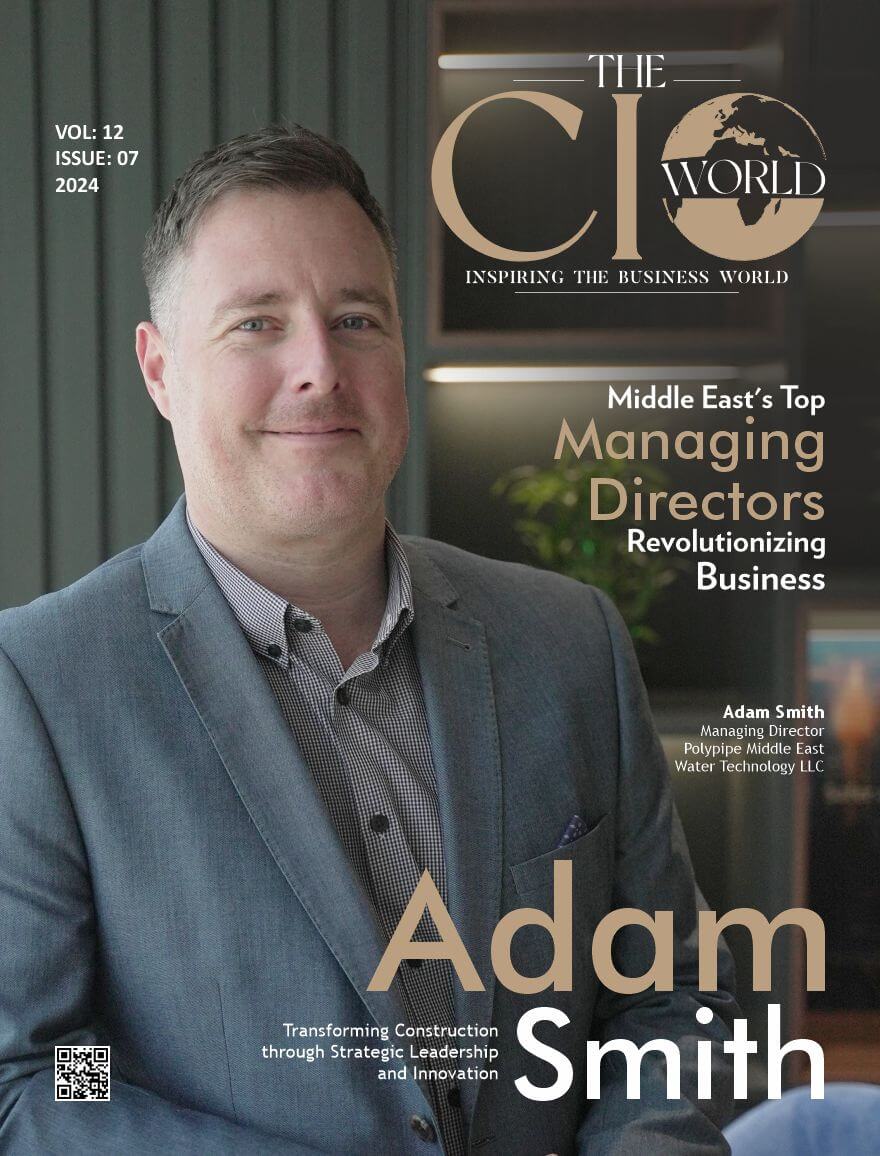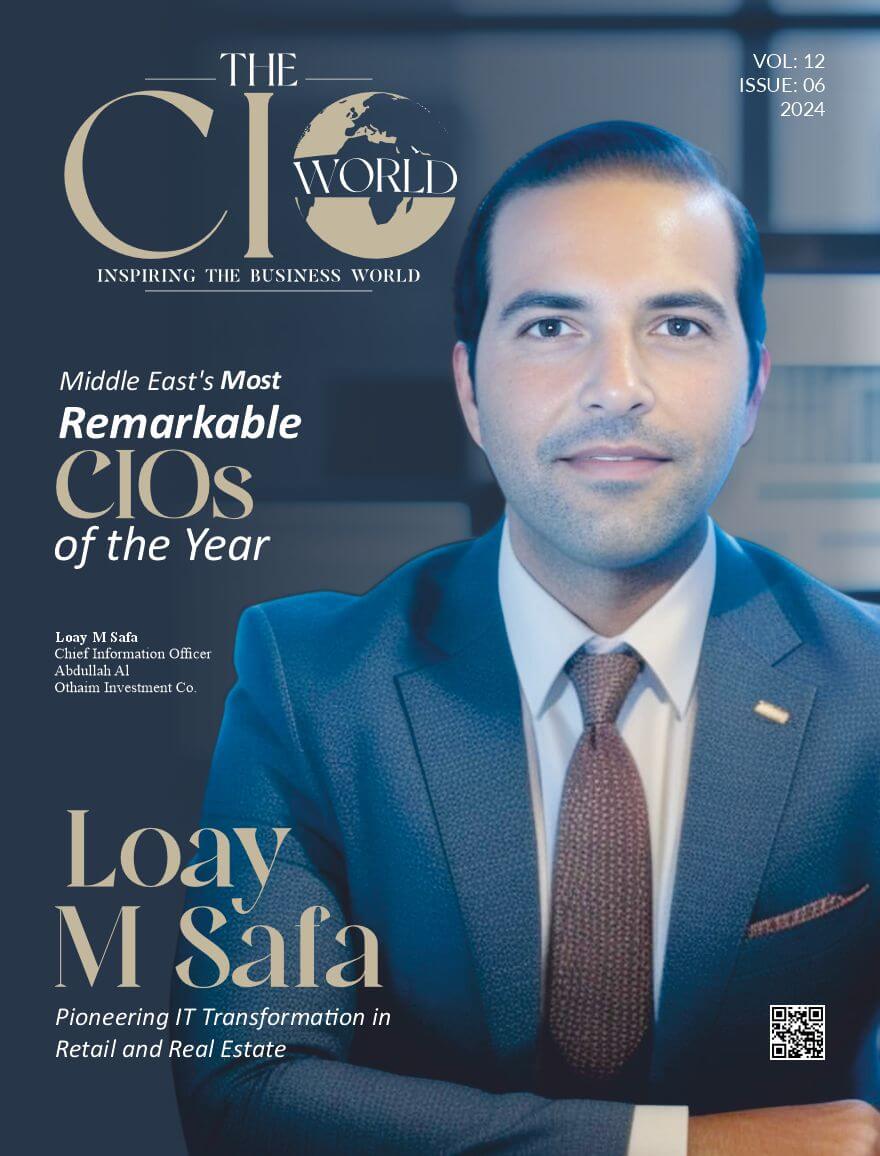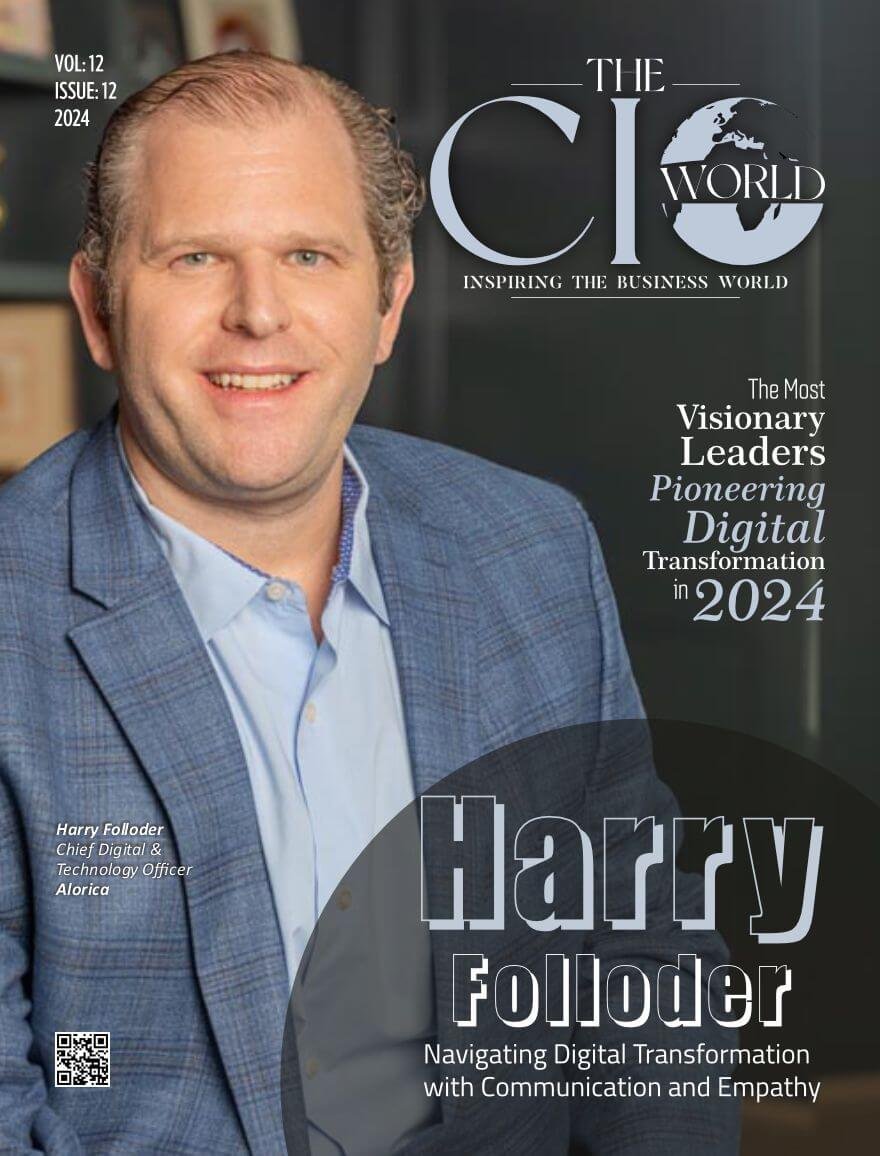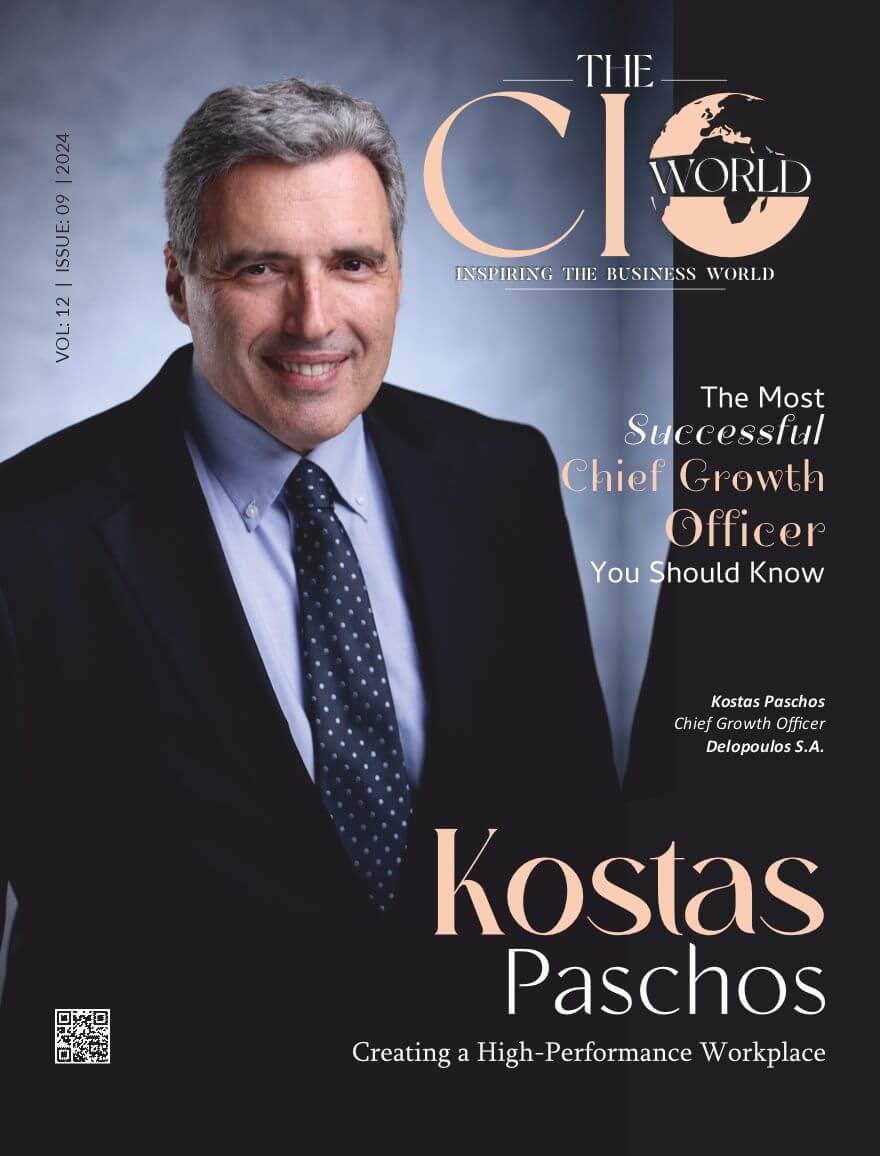Today, the speed of the business world has made talent acquisition and retention the most critical concern for the organizations of any size. In this increasingly competitive job market, the need to differentiate and attract in front of the best talent increases for companies. The traditional recruitment methods are no longer enough, and organizations need to adapt themselves according to the changing face of the new workforce.
According to a survey done recently by Deloitte, 84% of executives find talent to be a top issue for their organization, and 28% consider it to be a big problem. Still, only 16% of the executives are of the opinion that they have the appropriate talent in place to deliver business results. Such a huge difference clearly indicates there is an utmost need for really creative approaches to talent acquisition and management.
Innovative Employer Branding
Building a strong employer brand is perhaps the most effective way an organization can attract top talent. A well-crafted employer brand not only tells about the unique culture of the organization but also authenticates the benefits and growth opportunities it could offer to employees. According to LinkedIn, companies with a strong employer brand have 2.5 times more likelihood of consideration by job seekers, with 1.8 times more success in attracting top talent.
A strong employer brand is about having a unique and cohesive message across any touchpoint-from the website and social media channels to employee testimonials and events. Above that, the employees need to be engaged and satisfied, for satisfied and fulfilled employees are the best company brand ambassadors.
Adopt Flexible Working Arrangements
As the COVID-19 pandemic advances to the phase of acceptance, a shift toward remote work and flexible ways of work will likely be hastened. A Gartner survey shows that 82% of company leaders will allow employees to work remotely some of the time, while 47% will allow employees to work from home full time. Flexible work arrangements can tap a bigger talent pool, reduce overhead costs, and improve employee satisfaction and productivity for the organizations.
For true success in flexible work arrangements, an organization would rather create a culture based on trust and accountability, invest in the necessary technology and infrastructure, as well as guidelines and support for a remote working population. The priority in these organizations should be employee well-being and work-life balance, with resources and support to cope with the difficulties of remote work.
Investment in Employee Development and Growth
Continuous learning and development is the new survival mantra in the constantly changing business environment to stay innovative and competitive. Investment in employee development and growth might help a company attract and retain employees with similar skills, enabling it to construct a more capable and flexible workforce.
According to a LinkedIn study, 94 percent of employees would stay at a company longer if their employer would invest in their career development. They should offer various openings for professional development to their employees like formal training programs and mentorship projects, online courses, and job shadowing opportunities. They also should inculcate an organizational culture of continuous learning and development that empowers the employees, making them take charge of their own professional development process while being recognized and rewarded for such efforts.
Inculcating diversity and inclusion
Diversity and inclusion are not only good things, but baddies on the steering wheel of innovation and business success. This is because embracing diversity and creating an inclusive workplace culture will get organizations closer to accessing a wide pool of talent, boost creativity and more generally, solve the problems that face the diverse customer base they serve.
A study by McKinsey shows that companies in the top quartile for racial and ethnic diversity are 35 percent more likely to have financial returns above their respective national industry medians. Organizations should create a culture of belonging and psychological safety, making employees valued, respected, and empowered contributors of unique perspectives and experiences, to enable them to achieve that. They should also ensure that hiring practices include the diversification of the workforce through diversity and inclusion training of all employees, and measure and track race-by-race progress toward diversity objectives.
Conclusion
The most important is a multi-faceted approach involving a number of innovative strategies-a strong employer brand with employee development, flexibility, and inclusion-to succeed in the talent war. Embracing these best practices will help organizations attract and retain the best talents, drive innovation and growth, and stay ahead of competition in the fast-changing business landscape of today.







